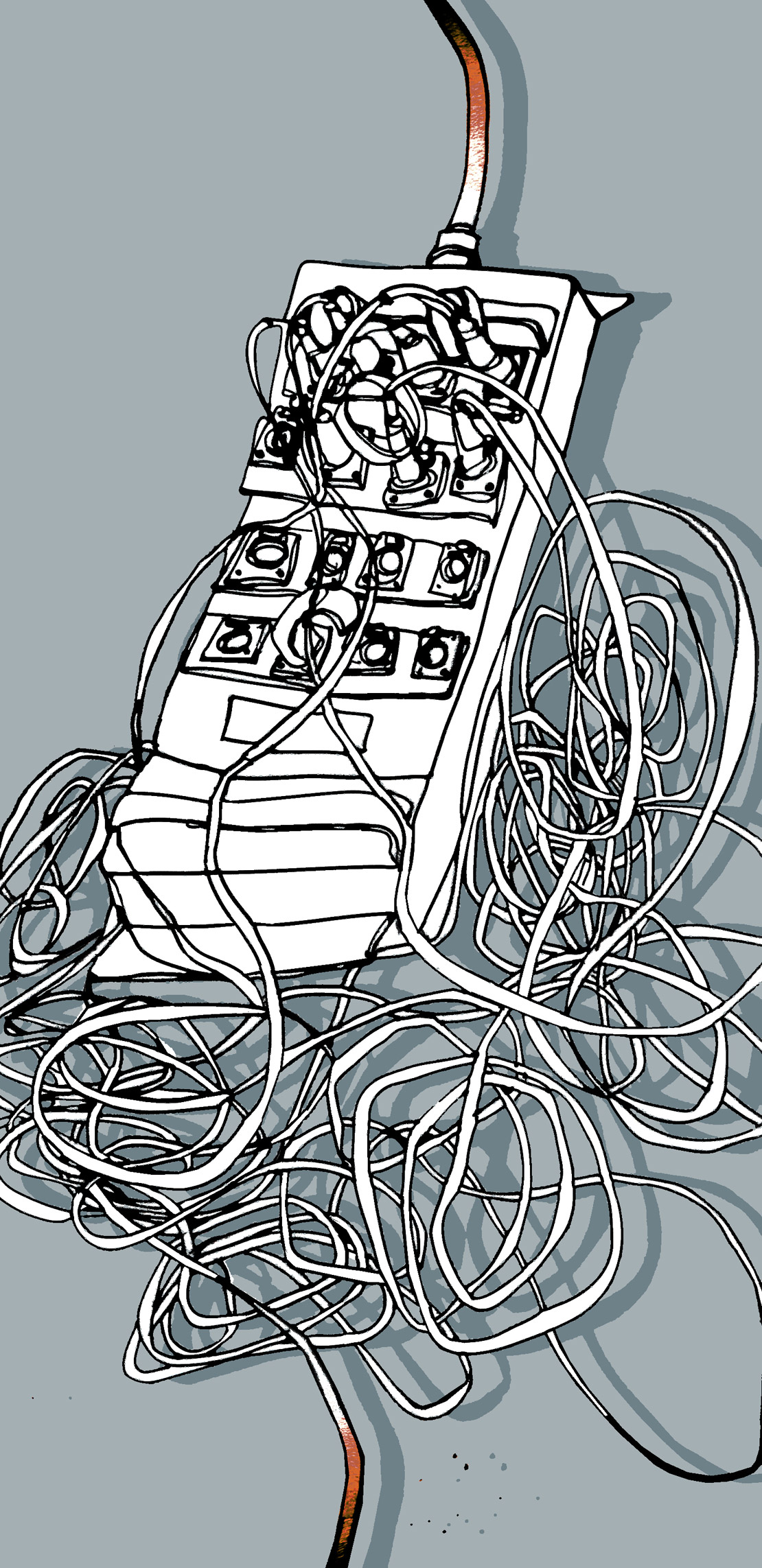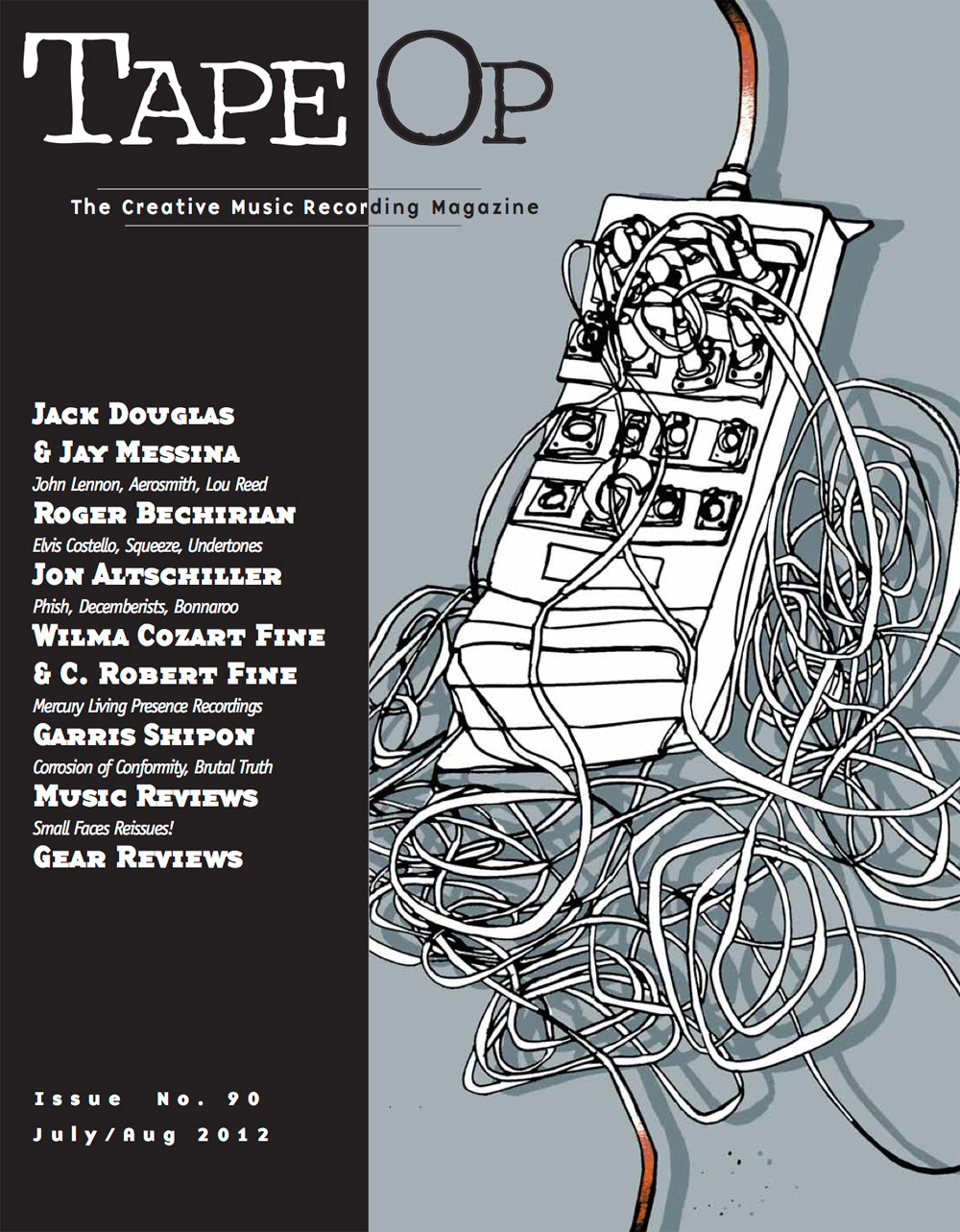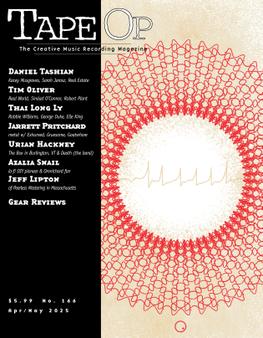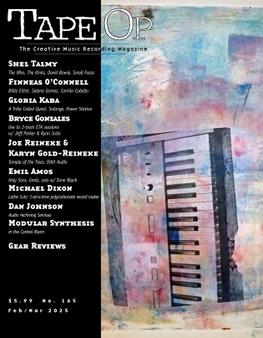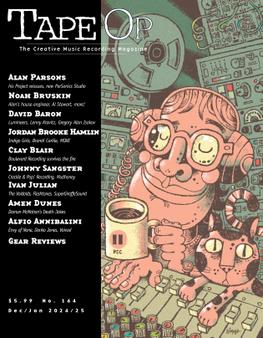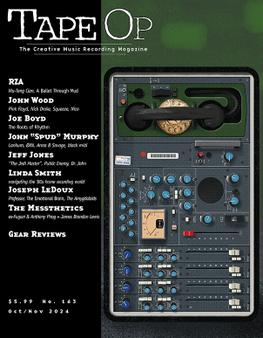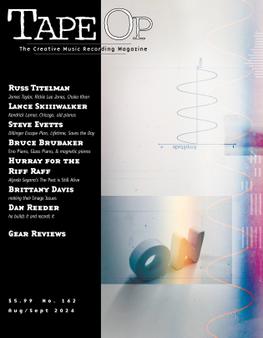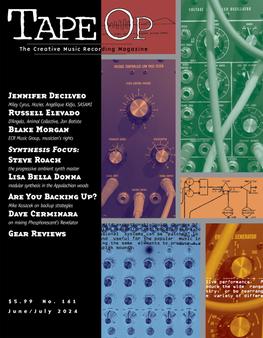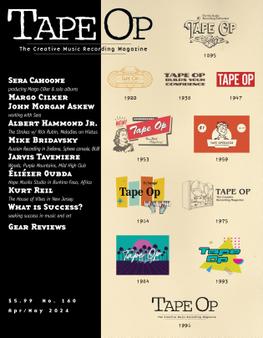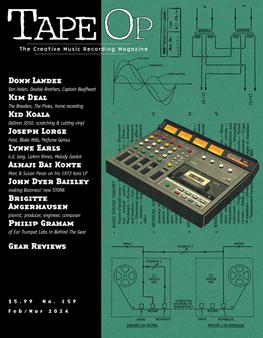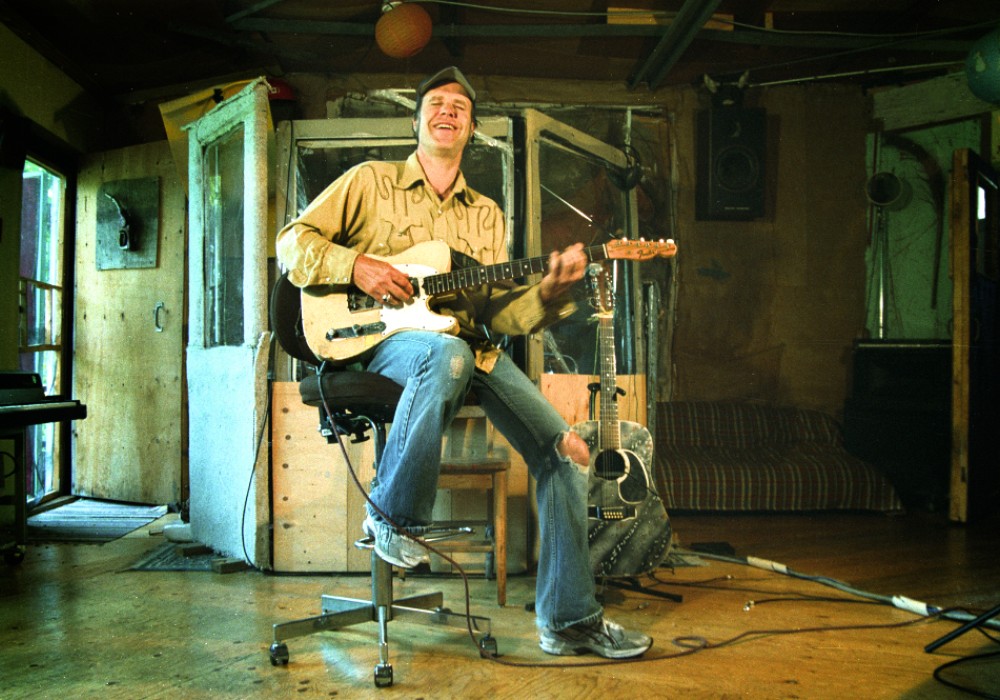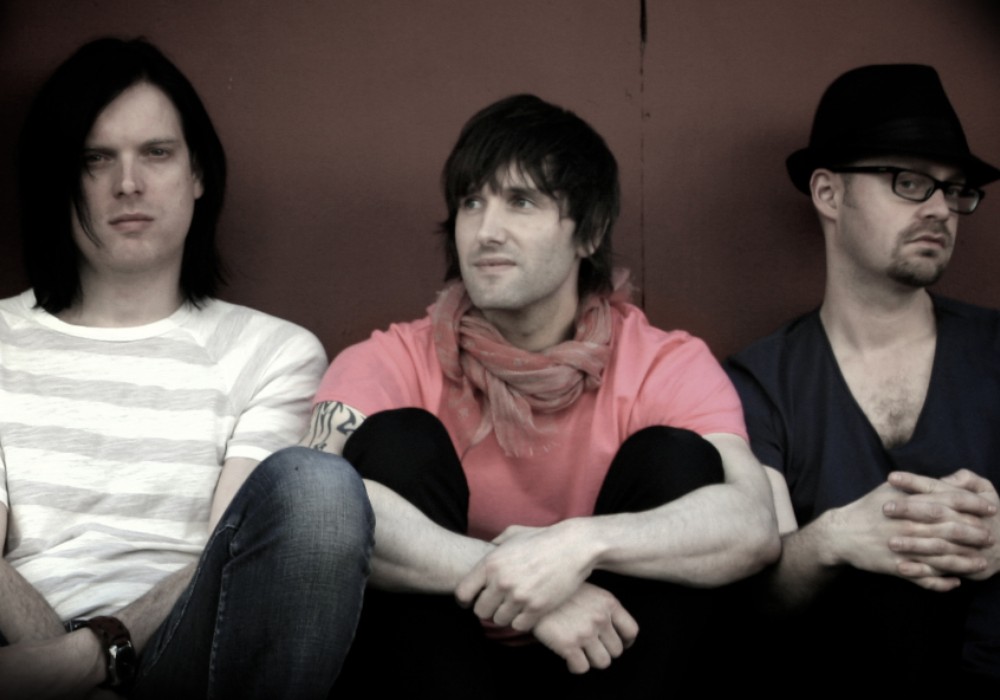Jul/Aug 2012
Welcome to issue #90 of Tape Op.
I remember my first experiences of being captivated by actual studio creations; not simply drawn in by the songs as I had been before, but instead intrigued by the sound of the recorded music. It was as if a whole new level of listening had opened up. Why did ELO's Out of the Blue sound so exciting and bright? What story was Pink Floyd's The Wall trying to steer me towards with all those crazy sound effects and atmospheres? How did the Flipper's guitar player make that wall of noise on "Sex Bomb"? What could possibly be the setting of The Beatles' "I Am the Walrus"? It didn't sound like four guys in a room singing love songs to pretty girls! Why did the Sex Pistols' debut album, Never Mind the Bollocks, sound as if there were 100 guitar players, when I knew there was only one guitarist in the band?
Albums and music became a place to lose my teenage self. Far away from the petty, boring world of high school I could listen to King Crimson and imagine an abstract, brilliant realm they were coming from. I could crank Wire's 154 on my cheap RadioShack headphones and wonder why this rock group sounded like they were beaming me songs from a dark void, somewhere unknown. I still lose myself in music all the time, but now most of the sounds and studio techniques that seemed so alien to me some 30-plus years ago have revealed themselves asobvious tricks of the trade. These mysteries may be solved for me, and the people behind this magical curtain appear in our magazine every issue. But now I also get to be one of the people creating new mysteries and soundscapes. Maybe listeners can lose themselves in records I've helped record and mix and wonder how they were made. And that's probably the best honor I could ever earn.
